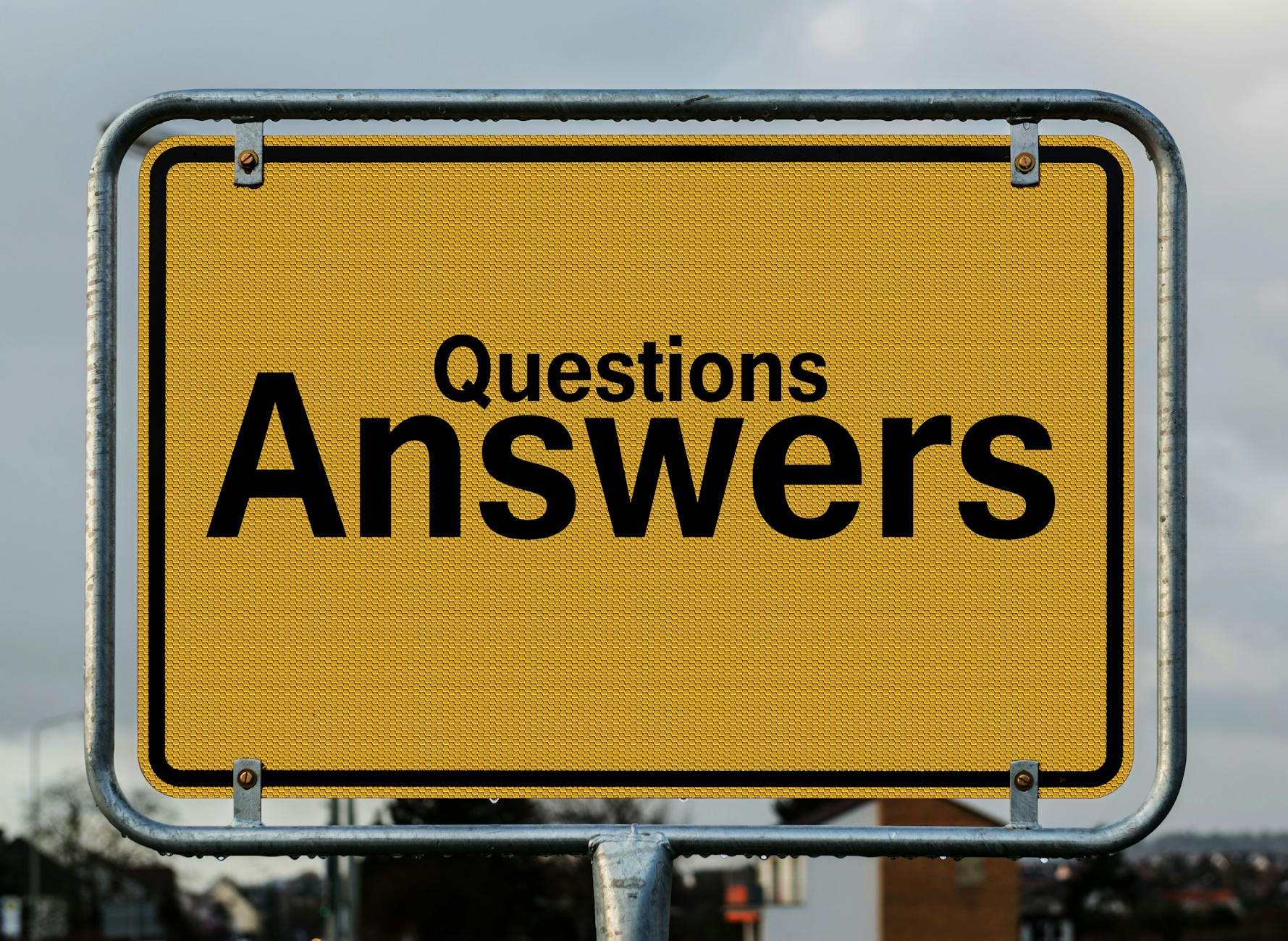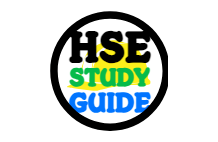
Safety Management Systems MCQs with Answers and Explanations
1. What is the primary purpose of a Safety Management System (SMS)?
a) To reduce workplace costs
b) To enhance productivity
c) To identify, assess, and manage workplace hazards and risks
d) To eliminate the need for employee training
Answer: c) To identify, assess, and manage workplace hazards and risks
Explanation: An SMS is designed to systematically manage safety risks and ensure the health and safety of workers by identifying and controlling hazards.
2. Which of the following is NOT a component of a Safety Management System?
a) Hazard identification
b) Risk assessment
c) Financial performance tracking
d) Emergency preparedness
Answer: c) Financial performance tracking
Explanation: An SMS focuses on safety aspects, including hazard identification, risk assessment, and emergency preparedness, rather than financial tracking.
3. What does the “Plan-Do-Check-Act” (PDCA) cycle represent in an SMS?
a) A method for implementing safety protocols
b) A continuous improvement process for safety management
c) A training module for employees
d) A one-time evaluation of safety performance
Answer: b) A continuous improvement process for safety management
Explanation: The PDCA cycle is a framework for continuously improving processes and ensuring safety management effectiveness.
4. What is the first step in implementing a Safety Management System?
a) Conducting a risk assessment
b) Developing a safety policy
c) Providing safety training
d) Auditing existing safety measures
Answer: b) Developing a safety policy
Explanation: The first step in implementing an SMS is to establish a clear safety policy that outlines the organization’s commitment to safety and health.
5. Which of the following best describes “leading indicators” in safety management?
a) Metrics that measure the outcomes of incidents
b) Proactive measures that predict and prevent safety incidents
c) Metrics that evaluate financial performance
d) Indicators used only after accidents occur
Answer: b) Proactive measures that predict and prevent safety incidents
Explanation: Leading indicators focus on proactive measures, such as safety audits and training, to predict and prevent incidents before they occur.
6. What role does employee involvement play in a Safety Management System?
a) Employees are required to follow policies without feedback
b) Employees are excluded from the safety decision-making process
c) Employees actively participate in identifying hazards and suggesting improvements
d) Employees implement policies without supervision
Answer: c) Employees actively participate in identifying hazards and suggesting improvements
Explanation: Employee involvement is essential in an SMS as it fosters a culture of safety and ensures practical insights are considered.
7. What is the primary purpose of a risk assessment in an SMS?
a) To avoid insurance claims
b) To identify hazards and evaluate their potential impact
c) To reduce the number of employees
d) To increase workplace productivity
Answer: b) To identify hazards and evaluate their potential impact
Explanation: Risk assessment identifies potential hazards and evaluates their likelihood and severity, allowing organizations to implement control measures.
8. Which of the following is a benefit of a Safety Management System?
a) Increased operational costs
b) Improved worker safety and compliance with regulations
c) Reduced training opportunities
d) Elimination of workplace policies
Answer: b) Improved worker safety and compliance with regulations
Explanation: An SMS helps organizations improve workplace safety, reduce incidents, and comply with safety regulations.
9. What is the purpose of safety audits in an SMS?
a) To identify financial inefficiencies
b) To assess compliance with safety standards and identify areas for improvement
c) To replace employee training
d) To reduce the number of safety protocols
Answer: b) To assess compliance with safety standards and identify areas for improvement
Explanation: Safety audits evaluate whether an organization adheres to safety standards and identify gaps that need to be addressed.
10. What is the role of incident investigation in an SMS?
a) To assign blame for accidents
b) To identify the root cause of incidents and prevent recurrence
c) To avoid regulatory inspections
d) To reduce reporting requirements
Answer: b) To identify the root cause of incidents and prevent recurrence
Explanation: Incident investigation focuses on identifying root causes and implementing corrective actions to prevent similar incidents in the future.
11. How often should an SMS be reviewed and updated?
a) Once every five years
b) Only when incidents occur
c) Periodically or when significant changes occur in the workplace
d) When an external audit is scheduled
Answer: c) Periodically or when significant changes occur in the workplace
Explanation: An SMS should be reviewed regularly and updated to reflect changes in workplace conditions or regulations.
12. Which of the following is a reactive safety measure in an SMS?
a) Conducting safety training
b) Investigating incidents after they occur
c) Performing regular safety inspections
d) Identifying potential hazards
Answer: b) Investigating incidents after they occur
Explanation: Reactive measures address incidents that have already occurred, such as investigations, to learn from them and prevent future occurrences.
13. What is the role of top management in an SMS?
a) To delegate all safety responsibilities to supervisors
b) To lead by example and support the implementation of safety initiatives
c) To avoid involvement in safety matters
d) To enforce penalties for non-compliance without providing resources
Answer: b) To lead by example and support the implementation of safety initiatives
Explanation: Top management plays a crucial role in demonstrating commitment to safety and providing resources for effective implementation of the SMS.
14. What is the purpose of safety performance indicators in an SMS?
a) To track employee productivity
b) To evaluate the effectiveness of safety programs
c) To reduce the number of employees in high-risk roles
d) To eliminate the need for training
Answer: b) To evaluate the effectiveness of safety programs
Explanation: Safety performance indicators help measure the success of safety initiatives and identify areas needing improvement.
15. What should be included in an SMS emergency preparedness plan?
a) Detailed instructions for evacuation and emergency response
b) A list of employees’ phone numbers
c) Financial records of the company
d) A daily work schedule
Answer: a) Detailed instructions for evacuation and emergency response
Explanation: An emergency preparedness plan outlines procedures for responding to emergencies, including evacuation, communication, and rescue efforts.
Personal Protective Equipment (PPE) MCQs
Workplace Safety Regulations MCQs
Hazard Identification and Risk Assessment MCQs
Fire Safety and Emergency Response MCQs
Occupational Health and Safety Standards MCQs
16. What is the role of training in a Safety Management System (SMS)?
a) To reduce costs for the company
b) To ensure employees understand safety policies and know how to manage risks
c) To increase productivity without focusing on safety
d) To delegate responsibilities to supervisors
Answer: b) To ensure employees understand safety policies and know how to manage risks
Explanation: Training is essential in an SMS to educate employees about safety procedures, hazard identification, and risk management techniques.
17. Which of the following is an example of a lagging indicator in safety management?
a) Number of completed safety audits
b) Frequency of hazard reporting
c) Number of workplace injuries in the past year
d) Percentage of employees trained
Answer: c) Number of workplace injuries in the past year
Explanation: Lagging indicators are reactive measures that track past incidents, such as injuries or accidents, to assess safety performance retrospectively.
18. What is the purpose of integrating safety into all levels of an organization?
a) To simplify management responsibilities
b) To create a culture of safety and ensure that all employees take ownership of safety practices
c) To delegate safety entirely to the safety officer
d) To focus only on high-risk areas
Answer: b) To create a culture of safety and ensure that all employees take ownership of safety practices
Explanation: Integrating safety across all levels fosters a proactive safety culture where every employee actively participates in maintaining a safe workplace.
19. What should be done after completing a safety audit?
a) Ignore findings if no major incidents occurred
b) Address identified gaps, implement corrective actions, and monitor improvements
c) Use the results to justify cost-cutting measures
d) File the report without further action
Answer: b) Address identified gaps, implement corrective actions, and monitor improvements
Explanation: A safety audit is only effective if the findings are used to address deficiencies, implement corrective measures, and continuously improve safety performance.
20. Which of the following is an essential feature of an effective Safety Management System?
a) Focus only on compliance with legal standards
b) Regular communication, employee involvement, and continuous improvement
c) Reliance solely on management to enforce safety
d) Implementation without regular reviews or updates
Answer: b) Regular communication, employee involvement, and continuous improvement
Explanation: An effective SMS requires open communication, active employee participation, and an ongoing commitment to identifying and addressing safety risks.
























